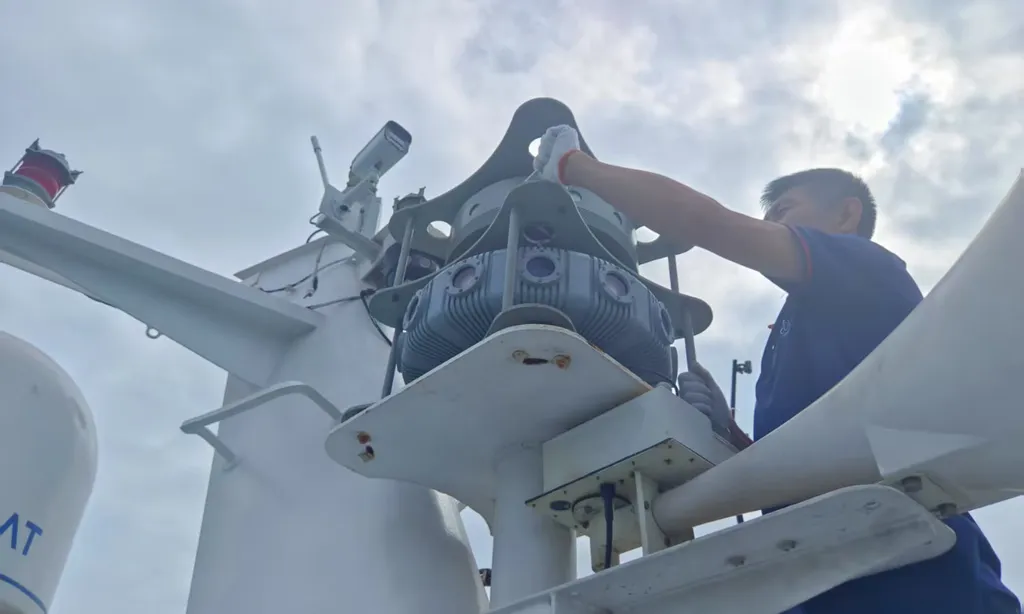In a significant stride towards enhancing human-machine-environment interactions, researchers at the Shenzhen International Graduate School of Tsinghua University have developed a novel sensor array that could revolutionize the way we perceive and interact with our surroundings. The study, led by Weichen Wang and published in Nano-Micro Letters, introduces a reconfigurable omnidirectional triboelectric whisker sensor array that promises to bridge the gap between humans, machines, and the environment in unprecedented ways.
So, what does this mean in plain terms? Imagine a sensor that can detect forces from any direction, with high precision, and can stick to various surfaces, from metal to glass, without any issues. This is exactly what the team has achieved. The sensor uses a dual-triangular electrode layout with a unique MXene/silicone nanocomposite, allowing it to detect forces as subtle as 0.024 N and determine the direction of the force with an impressive 5-degree angular resolution. This is akin to having a super-sensitive, all-directional sense of touch.
One of the standout features of this sensor is its ability to anchor itself onto diverse surfaces using a hydro-sealing vacuum sucker. This sucker is made from a newly designed hydrogel that boasts high mechanical robustness and superior water absorption. The best part? It can maintain a strong anchoring force for over 200 cycles with just a single rehydration. As Weichen Wang puts it, “The untethered hydro-sealing vacuum sucker can achieve robust and reversible anchoring on diverse surfaces with a compact structure.”
The potential applications of this technology are vast and varied. In the maritime sector, for instance, such sensors could be used to enhance the capabilities of underwater robots, enabling them to explore and interact with their environment more effectively. They could also be employed in the maintenance of ships and offshore structures, providing precise tactile feedback to robotic systems performing inspections or repairs.
Moreover, the reconfigurable nature of the sensor array means it can be adapted to suit different tasks and environments. This flexibility could prove invaluable in the maritime industry, where conditions can vary greatly and tasks can range from delicate operations to heavy-duty work. As Wang explains, “The reconfigurable omnidirectional triboelectric whisker sensor array demonstrates exceptional performance in real-world applications, including teleoperation, adjustable robotic arm palpation, and robotic autonomous environmental exploration.”
The commercial implications of this technology are equally exciting. The ability to create versatile, high-performance sensors at scale could open up new markets and opportunities for companies operating in the maritime sector. From improving the efficiency of autonomous vessels to enhancing the capabilities of underwater drones, the potential is immense.
In conclusion, the research published in Nano-Micro Letters, which translates to Nano-Micro Letters in English, represents a significant step forward in the field of sensor technology. The work of Weichen Wang and his team at Tsinghua University’s Shenzhen International Graduate School has the potential to transform the way we interact with the world around us, with far-reaching implications for the maritime industry and beyond. As the technology continues to develop, we can expect to see even more innovative applications emerge, further blurring the lines between humans, machines, and the environment.

